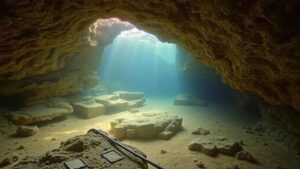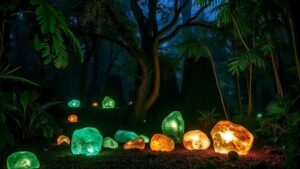Exploring the surreal spires of Bryce Canyon National Park.
Exploring the Surreal Spires of Bryce Canyon National Park
Bryce Canyon National Park, located in southern Utah, is renowned for its unique geological formations, particularly the towering spires known as hoodoos. Established as a national park on September 15, 1928, Bryce Canyon covers over 56 square miles and showcases some of the most stunning landscapes in the United States. Its vibrant colors and distinctive shapes draw millions of visitors each year, making it a must-see destination for nature lovers and adventure seekers alike.
The Unique Geography of Bryce Canyon
Bryce Canyon is not technically a canyon but rather a series of giant natural amphitheaters, carved by frost-wedging and erosion. parks elevation ranges from 8,000 to 9,000 feet, creating a diverse climate and environment. The hoodoos and other formations are primarily made of limestone and sandstone, which have been shaped into their current forms by millions of years of geological processes.
- The largest hoodoo, named “Thors Hammer,” stands at 150 feet tall.
- Bryce Canyon contains over 2,000 hoodoos, with some reaching heights of up to 200 feet.
- The parks rock layers, known as the Claron Formation, date back approximately 60 million years.
The Best Time to Visit
The ideal time to visit Bryce Canyon National Park is during the spring and fall seasons. These periods provide the most comfortable temperatures and the finest views. Spring offers vivid wildflower blooms while fall showcases beautiful autumn leaves. The park can receive significant snowfall in the winter months, which can create a stunning contrast against the reddish rock formations.
Statistically, the busiest months are June through August, attracting over 300,000 visitors. For those seeking a quieter experience, planning a visit in late September or early October enables exploration without the summer crowds.
Activities for Every Adventurer
Bryce Canyon offers a plethora of activities to engage visitors of all interests:
- Hiking: The park features over 50 miles of trails, with options ranging from easy walks to strenuous hikes. Navajo Loop Trail is particularly popular, offering breathtaking views of the hoodoos.
- Biking: A scenic drive leads to numerous trailheads where biking enthusiasts can traverse some of the park’s less trafficked paths.
- Stargazing: Due to its remote location and minimal light pollution, Bryce Canyon offers exceptional night sky views. The park was designated as an International Dark Sky Park in 2019.
Conservation Efforts
Preserving the unique environment of Bryce Canyon is of crucial importance. The National Park Service conducts various conservation initiatives, including:
- Restoration of native vegetation to combat invasive species.
- Education programs aimed at promoting sustainable tourism.
- Wildlife monitoring to ensure the health of native species such as mule deer and various bird species.
Conclusion: Embracing the Beauty of Bryce Canyon
Bryce Canyon National Park is a striking testament to the power of natural forces and the beauty found in geological formations. From its otherworldly hoodoos to its breathtaking vistas, each visit offers something new to discover. Whether you choose to hike, bike, or simply marvel at the views, Bryce Canyon provides an unforgettable experience that encapsulates the wild heart of America.
For anyone planning a trip, remember to check for park alerts and trail conditions on the official Bryce Canyon National Park website. Take only memories and leave only footprints, ensuring this magnificent landscape remains pristine for future generations.


